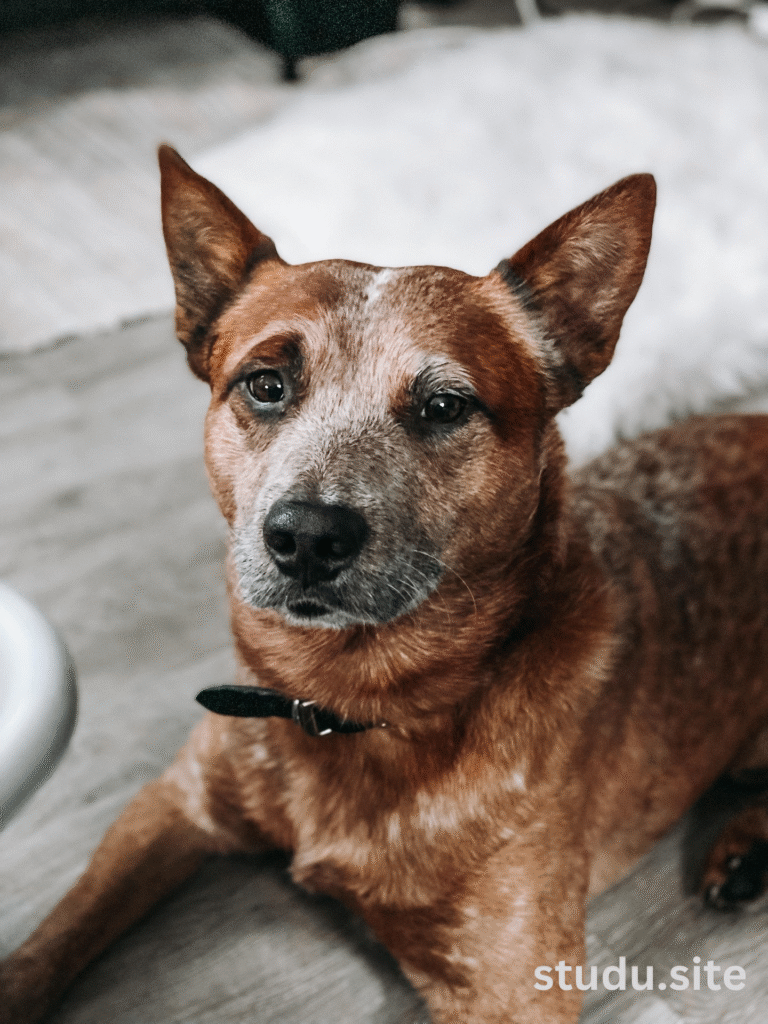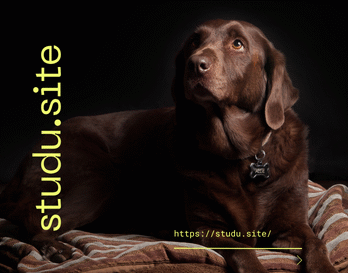Introduction to the Australian Cattle Dog
The Australian Cattle Dog, more commonly referred to as the Blue Heeler or Red Heeler, is a vibrant and intelligent breed that is famous for its herding ability and absolute loyalty. Developed in Australia in the 19th century, the breed was created to cope with the challenging job of cattle herding over extreme, rough landscapes. Now, the Australian Cattle Dog is a favorite among active families, farmers, and dog sports fans because it is highly energetic, highly intelligent, and multi-talented. In this 2025 guide, we’ll explore the breed’s history, characteristics, care requirements, training needs, and whether it’s the right pet for you.

History and Origins of the Australian Cattle Dog
The Australian Cattle Dog’s story begins in the early 1800s when European settlers in Australia needed a dog capable of herding cattle in harsh outback conditions. Early herding breeds, such as the Smithfield, had difficulty adapting to the heat and terrain, so breeders developed a tougher breed. In the 1840s, George Elliott crossed Dingoes with Collies to create dogs with endurance and brains. Breeders such as Thomas Hall later developed the breed by incorporating Dalmatian and Kelpie bloodlines to produce the Australian Cattle Dog we know today.
Standardized by the end of the 19th century, the breed gained international fame. Accepted by the American Kennel Club (AKC) in 1980, today the Australian Cattle Dog remains an Australian icon of resourcefulness and a popular choice for working dog aficionados. Nicknamed the “Heeler,” its herding method of nipping at the heels of cattle to get them moving is iconic.
Physical Characteristics and Appearance
Australian Cattle Dogs are short to medium-sized, muscular dogs that are constructed for endurance. Males measure 18–20 inches tall and weigh 35–50 pounds, and females are slightly smaller at 17–19 inches and 30–45 pounds. Their athletic build with a compact stature enables agility and stamina, perfect for extended days of herding.
The coat of the breed is short, dense, and weather-tough, with a characteristic blue or red speckled appearance. Blue Heelers boast a blue-gray coat with black, white, or tan markings, whereas Red Heelers sport a reddish-brown coat with white markings. A characteristic feature is the “Bentley mark,” a white facial marking on the forehead occurring in some dogs. Their expressive brown or blue eyes and erect ears contribute to their alert, intelligent look.
Temperament and Personality Traits
Australian Cattle Dogs are intelligent, loyal, and possess a strong work ethic. They bond strongly with their owners and are protective, which makes them good guard dogs. Though they have high energy and are independent in nature, they need skilled handling. If left to themselves without the right stimulation, they can become bored and thus develop destructive habits such as chewing or digging.
These dogs do best in active settings and are super problem solvers. They are suspicious of strangers but become friendly through proper socialization. Australian Cattle Dogs are friendly towards children and other pets when brought up together, but their herding nature can cause them to bite at moving targets, such as children or vehicles. Early training is needed to utilize their energy in a good manner.
Care Requirements for Australian Cattle Dogs
Exercise Needs
Australian Cattle Dogs have a lot of energy and need a minimum of 1–2 hours of active exercise every day. Running, hiking, or a game of fetch would be perfect. They also do well in dog sports like agility, obedience, and herding trials. Not getting enough exercise can result in behavioral problems, so owners have to embrace an active lifestyle.
Grooming
Their low-maintenance, short coat needs to be brushed every week to shed loose hair and dirt. Shedding seasons (spring and autumn) require more frequent brushing to control moderate shedding. Bathe them only when absolutely necessary to maintain natural coat oils. Regular nail trimming, ear cleaning, and dental care are also a must.
Diet and Nutrition
Feed your Australian Cattle Dog a high-protein, quality diet according to their activity level. Adults generally require 1.5–2.5 cups of dry kibble per day, divided into two meals. Watch for weight gain to avoid obesity, since their robust build conceals excess weight. Discuss feeding needs with a vet, particularly in puppies or seniors.
Health Considerations
Australian Cattle Dogs are overall healthy, living between 12–16 years, but they are susceptible to some conditions:
-
Hip Dysplasia: A genetic disorder relating to joint mobility, treatable with weight management and supplements.
-
Progressive Retinal Atrophy (PRA): A degenerative eye disorder that can cause blindness.
-
Deafness: Occurs in dogs with white markings, particularly those that have Dingo heritage. Regular vet visits, genetic screening, and a healthy life can help eliminate these risks.
Training an Australian Cattle Dog
Training an Australian Cattle Dog can be rewarding yet demanding because of their intelligence and strong will. Early training and socialization will check unwanted behavior. These are important training tips:
-
Positive Reinforcement: Reward good behavior with treats, praise, and play. Harsh punishment will make them stubborn or afraid.
-
Mental Stimulation: Keep their minds active with puzzle toys, scent games, or obedience exercises.
-
Herding Instinct Management: Redirect their nipping tendencies with toys or structured herding activities.
-
Consistency: Set clear rules and stick to them, as these dogs test boundaries.
Enroll in puppy classes or work with a professional trainer if you’re a first-time owner. Australian Cattle Dogs excel in advanced training, making them stars in competitive dog sports.
Is the Australian Cattle Dog Right for You?
The Australian Cattle Dog makes a great companion for energetic, seasoned dog owners who can give them plenty of exercise and mental stimulation. They’re perfect for:
-
Farmers or ranchers who require a working dog.
-
Outdoor activists who hike or run.
-
Families with mature children who can manage their energy.
But they might not be the best fit for:
-
Apartment dwellers with minimal space.
-
Inactive owners who cannot accommodate exercise requirements.
-
First-time dog owners who are not ready for their intensity.
Before adopting, visit a breeder or rescue to meet the breed and assess compatibility. Reputable breeders test for genetic health issues, while rescues often have adult dogs needing active homes.
Finding an Australian Cattle Dog
If you’re ready to welcome an Australian Cattle Dog, consider these options:
-
Breeders: Look for AKC-registered breeders who prioritize health and temperament. Expect to pay $800–$2,000 for a puppy.
-
Rescues: Groups such as the Australian Cattle Dog Rescue Association adopt out dogs in need. Adoption prices are from $200–$500.
-
Shelters: Look at local shelters for Heelers or mixes, although purebreds are not common.
Always check a breeder’s qualifications or a rescue’s reputation to ascertain ethical conduct.
Interesting Facts About Australian Cattle Dogs
-
Record-Breaking Longevity: An Australian Cattle Dog named Bluey has the Guinness World Record as the longest-lived dog, living to 29 years (1910–1939).
-
Hollywood Stars: Heelers were featured in Mad Max 2 and Brokeback Mountain.
-
Dingo DNA: Their Dingo heritage provides them with special strength and agility.
Conclusion
The Australian Cattle Dog is a very special breed, combining brains, loyalty, and unlimited energy. Herding cattle, agility competitions, or as a loving family pet, this dog excels with active owners who can keep up with its demands. By reading about their history, their care needs, and their training needs, you can determine whether a Blue or a Red Heeler is your ideal pet.
